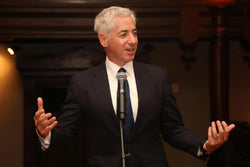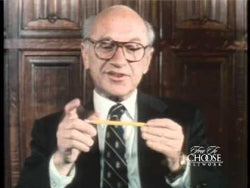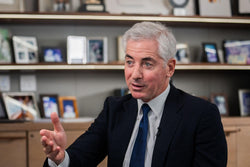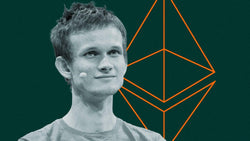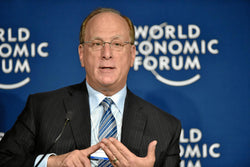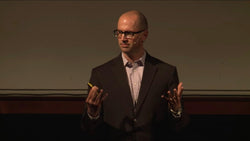TedX: When money isn’t real, the $10,000 experiment (Adam Carroll)
Share with Friends
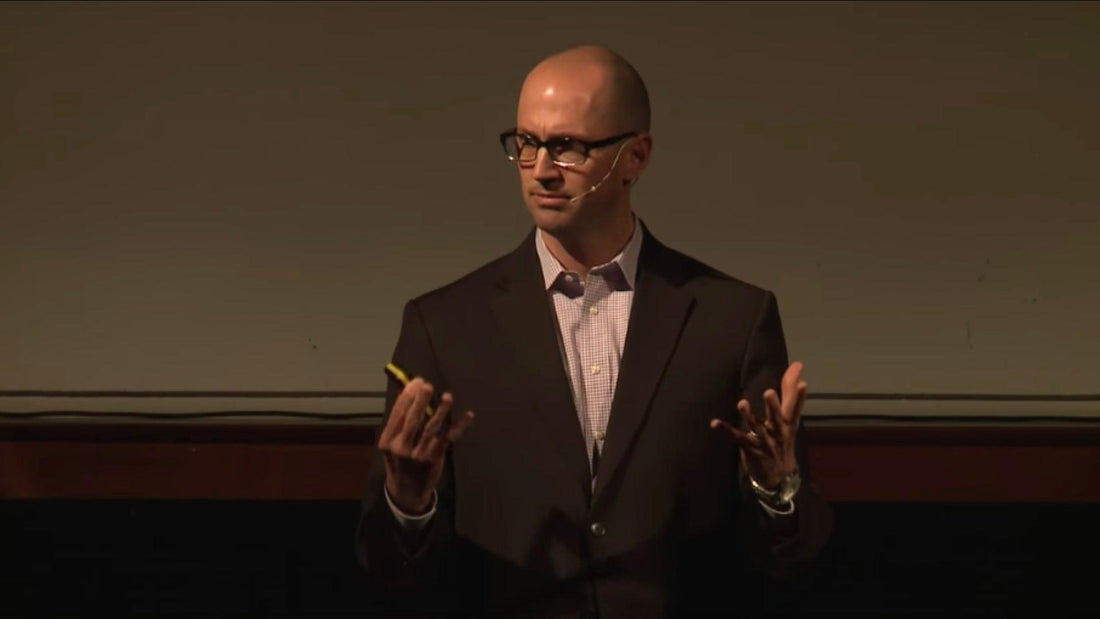
Adam Carroll’s TEDx talk, “When money isn’t real: the $10,000 experiment,” explores the impact of financial abstraction on children’s understanding of money. He details an experiment where he used $10,000 in real cash to play Monopoly with his children, observing significant shifts in their gameplay and decision-making compared to when using Monopoly’s play money. The experiment highlights the growing disconnect between the digital nature of modern finance and children’s lack of tangible experience with money, leading to potential financial instability later in life. Carroll advocates for giving children early and frequent opportunities to handle and manage real money to foster financial literacy and responsible spending habits.
Highlights
- 💰 The $10,000 Monopoly Experiment: Carroll’s experiment using real cash dramatically altered his children’s gameplay, showcasing the impact of tangible money on financial decision-making.
- 🎲 Shifting Game Strategies: Children’s strategies in the real-money game became more strategic and conservative, demonstrating a greater understanding of risk and reward.
- 📱 Financial Abstraction: The increasing digitalization of money creates a disconnect for younger generations, who lack the tangible experience needed for financial literacy.
- 👨👩👧👦 Early Financial Education: Carroll emphasizes the importance of providing children with early and frequent opportunities to handle real money, guiding them through the learning process.
- 📈 Real-World Consequences: The talk links the lack of tangible financial experience to rising levels of consumer debt and bankrup


